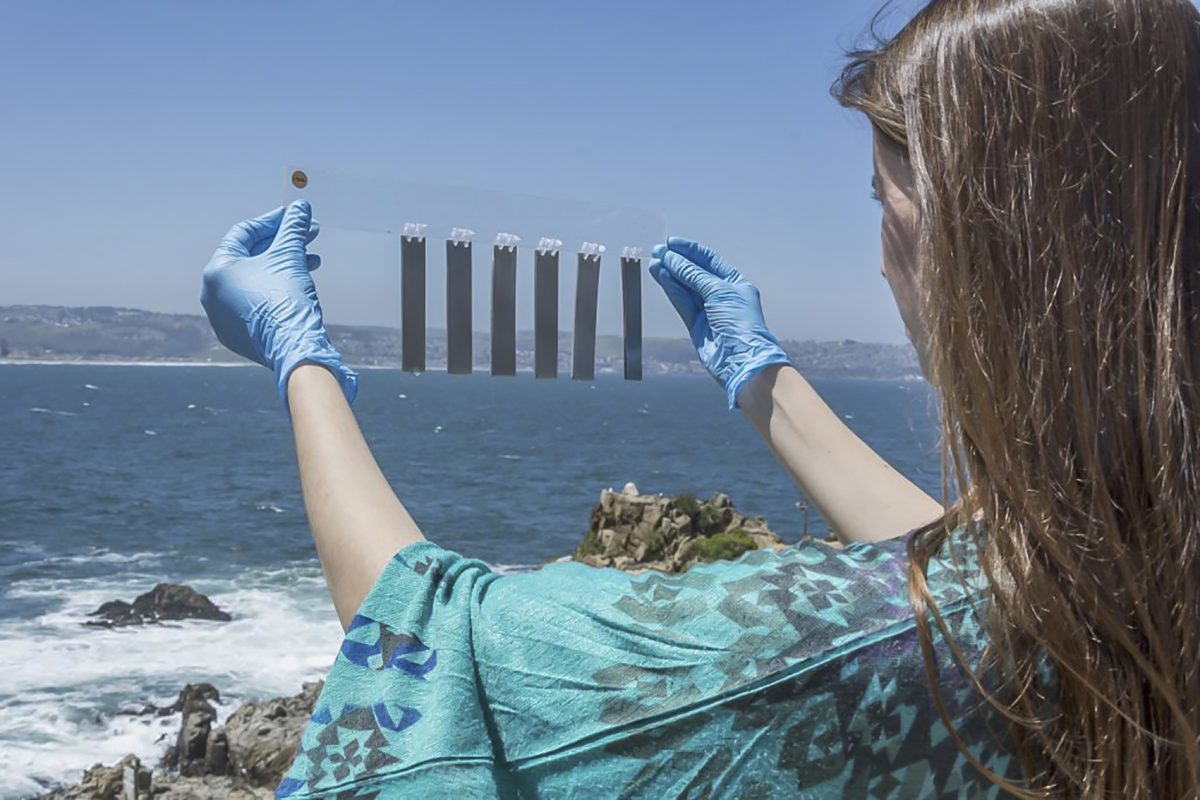
Clean Technologies are being used to resist marine corrosion
A group of researchers of Engineering, Biological and Chemical Sciences at Universidad Católica (UC) associated with the Center for Research and Innovation in Marine Energy tested a non-polluting coating to prevent the development of corrosion and marine fouling on the Southern Pacific coast.
The product being tested for future installation consists of a coating based on a semiconductor polymer, called PEDOT, which delays the proliferation of microorganisms that adhere to steel structures in contact with seawater.
“Until now, no other interdisciplinary initiative had gathered basic information about the corrosivity or aggressiveness of our coasts, neither in Chile nor in any other country in the South Pacific,” said academic Ignacio Vargas, who leads the project from the Department of Hydraulic and Environmental Engineering at UC.
The researcher explained that the studies were carried out in the laboratories of the university. Plates of different types of stainless steel were tested in tanks with seawater, subjecting them to immersion conditions and simulating the effect of the tides in conditions of continuous flow.
“In the first stage, various experiments were carried out to determine the identity and role of colonizing microorganisms in the structures. The effect of the electrochemical potential of the surface in the initiation of the biocorrosion process was also measured, ” said Ignacio Vargas.
The UC environmental civil engineer added that the use of PEDOT was then tested on stainless steel plates. These plates were exposed in seawater for several months.
“The coating showed promising results. Not only did it protect the material from corrosion by preventing the proliferation of microorganisms, but it also protected the marine environment from possible contamination from the use of this technology,” said the expert.
The UC engineer values the innovation because it represents an alternative to the anti-fouling paints currently on the market, which use metals and toxic elements to prevent the proliferation of corrosive biofilms on structures immersed in the sea.
The academic added that the main motivation for these studies comes from the area of marine energies. However, he points out that the results will benefit any industry that requires marine-coastal infrastructure for development.
The research that was carried out on the Central Coast is now being tested in other areas of the country with marine energy potential. Currently, the experts are directing their efforts to the study of corrosion on the coasts of the Chacao Channel in the Los Lagos Region.
The salinity of seawater has harmful effects on metals and other surfaces. To this is added the effect of the growth of the living organisms, such as algae and mollusks, that take advantage of these structures to create a habitat.
For ships and small structures, the maintenance of such problems is often simple, but, for large-scale structures, maintenance can be quite difficult to carry out.
It is estimated that the problem of marine corrosion worldwide averages an expenditure of 1.3 billion euros per year.




 Español
Español
